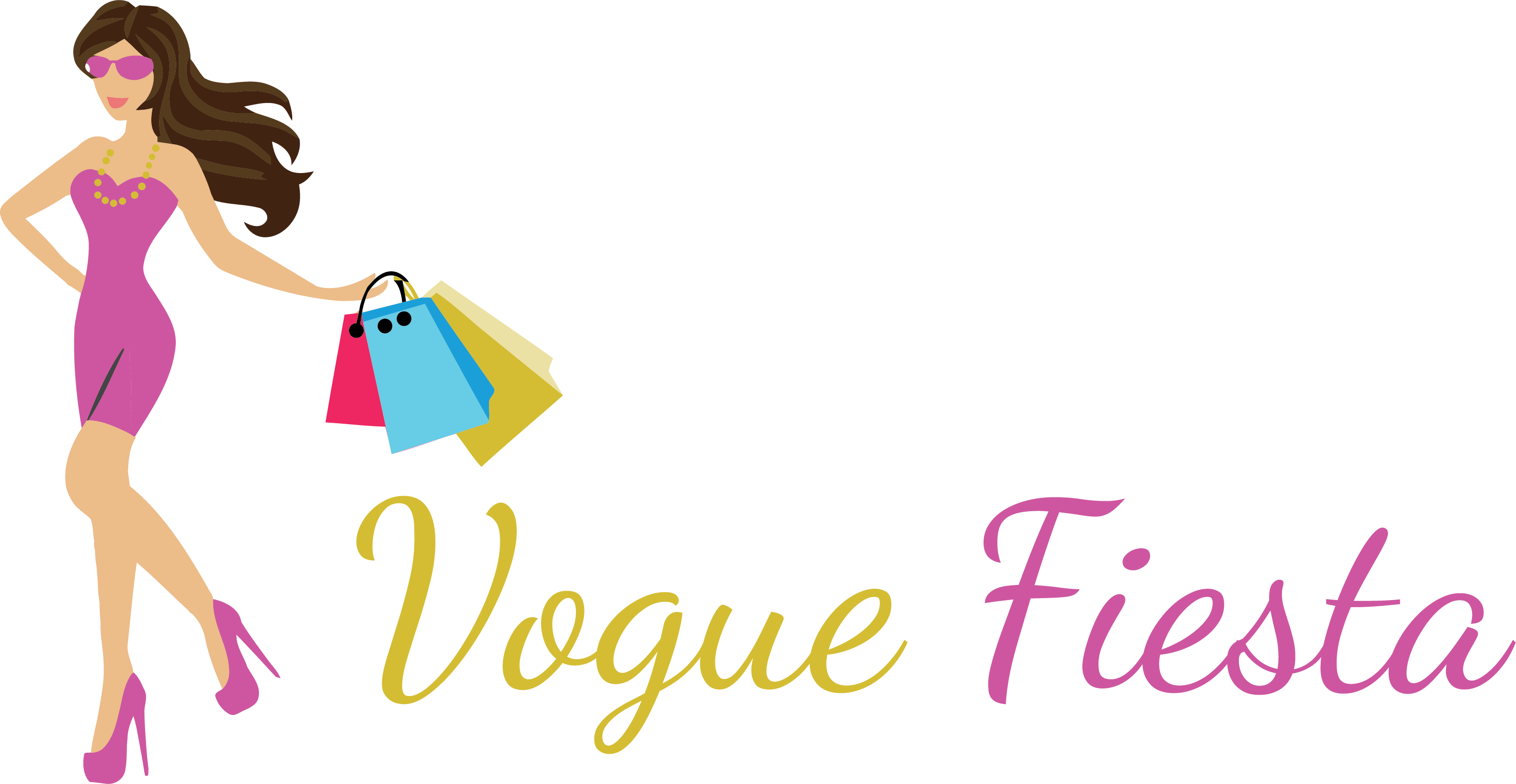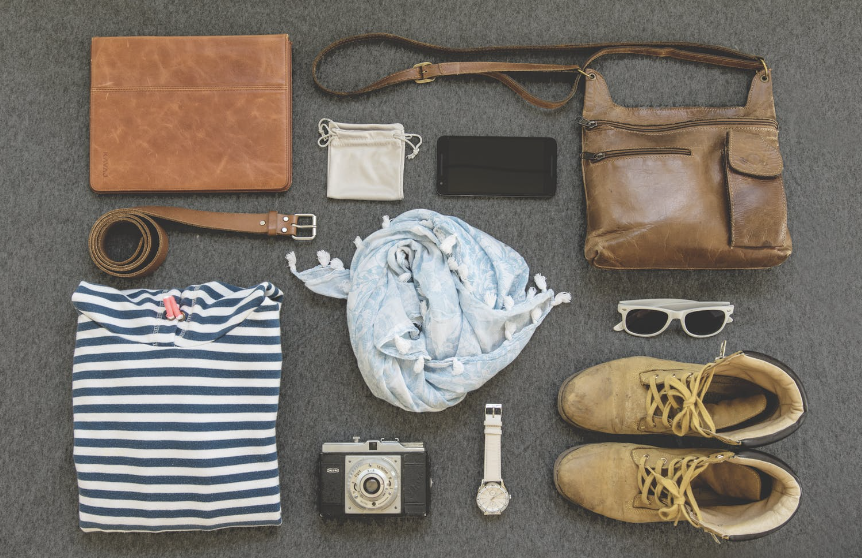Fashion is not just about clothing, it’s about culture, history, and societal changes. Fashion trends have changed and evolved, reflecting the cultural and societal values of each era. In this blog, we will take a trip down memory lane and explore how fashion trends have changed over the decades.
The 1920s: The Roaring Twenties were a time of liberation and rebellion, and fashion reflected this. Women began to wear shorter hemlines, loose-fitting dresses, and flapper-style clothing. The iconic flapper dress, with its beaded embellishments and fringe details, became a symbol of the era.
The 1930s: The Great Depression had a significant impact on fashion trends in the 1930s. Clothing became more practical and functional, with women wearing more tailored suits and dresses. Hemlines became longer, and clothing became more modest. The iconic fashion of the era was the bias-cut dress, which emphasized a woman’s curves.
The 1940s: World War II had a significant impact on fashion trends in the 1940s. Clothing became more utilitarian, with women wearing dresses with functional pockets and durable materials. The iconic fashion of the era was the military-style suit, which was inspired by the uniforms worn by soldiers.
The 1950s: The 1950s was a time of glamour and femininity. Women began to wear full skirts, fitted dresses, and petticoats. The iconic fashion of the era was the full-skirted dress, which emphasized a woman’s waist and created a feminine silhouette.

The 1960s: The 1960s was a time of rebellion and change. The iconic fashion of the era was the mini-skirt, which became a symbol of the era’s youth culture. Women began to wear bold colors, patterns, and prints, and clothing became more relaxed and comfortable.
The 1970s: The 1970s was a time of disco, and fashion reflected this. Women began to wear tight-fitting clothing, platform shoes, and metallic fabrics. The iconic fashion of the era was the disco jumpsuit, which was worn by both men and women.
The 1980s: The 1980s was a time of excess, and fashion reflected this. Women began to wear bold colors, shoulder pads, and power suits. The iconic fashion of the era was the oversized blazer, which was worn with everything from skirts to jeans.
The 1990s: The 1990s was a time of grunge and minimalism. Women began to wear baggy clothing, combat boots, and denim. The iconic fashion of the era was the grunge look, which was characterized by ripped jeans, flannel shirts, and combat boots.
The 2000s: The 2000s was a time of eclectic fashion. Women began to wear everything from low-rise jeans to high-waisted skirts. The iconic fashion of the era was the velour tracksuit, which was worn by celebrities like Paris Hilton and Juicy Couture.
The 2010s: The 2010s was a time of social media and fast fashion. Women began to wear everything from athleisure to fast fashion pieces. The iconic fashion of the era was the off-the-shoulder top, which was worn by celebrities and fashion bloggers alike.
The 2020s: The 2020s is a time of sustainability and inclusivity. Women are beginning to wear more sustainable and ethical fashion, and there is a focus on inclusivity and diversity. The iconic fashion of the era is yet to be determined, but it will likely reflect the values of the era, such as sustainability and inclusivity.
In conclusion, fashion trends have changed and evolved, reflecting the cultural and societal values of each era. From the Roaring Twenties to the sustainable and inclusive fashion of today, fashion has always been a reflection of the world around us. Fashion trends are not only a way to express oneself but also a way to tell a story about the times we live in.

While some fashion trends may seem outdated or out of place in today’s world, they still hold value as a part of our collective history. Looking back at the fashion trends of the past can help us better understand the cultural and societal values of each era, and can even inspire future trends.
As we move forward into the 2020s, we can expect to see a continued focus on sustainability and inclusivity in fashion. With more and more people becoming conscious of the environmental impact of fast fashion, there has been a shift towards more sustainable and ethical fashion choices. We can also expect to see a focus on inclusivity and diversity in fashion, as people demand greater representation and acceptance of all body types, races, and genders.
In conclusion, fashion trends have come a long way since the Roaring Twenties, reflecting the cultural and societal values of each era. While some trends may seem outdated, they still hold value as a part of our collective history. As we move forward into the 2020s, we can expect to see a continued focus on sustainability and inclusivity in fashion, as people demand greater representation and acceptance. Fashion will continue to evolve and change, but it will always remain a reflection of the world around us

